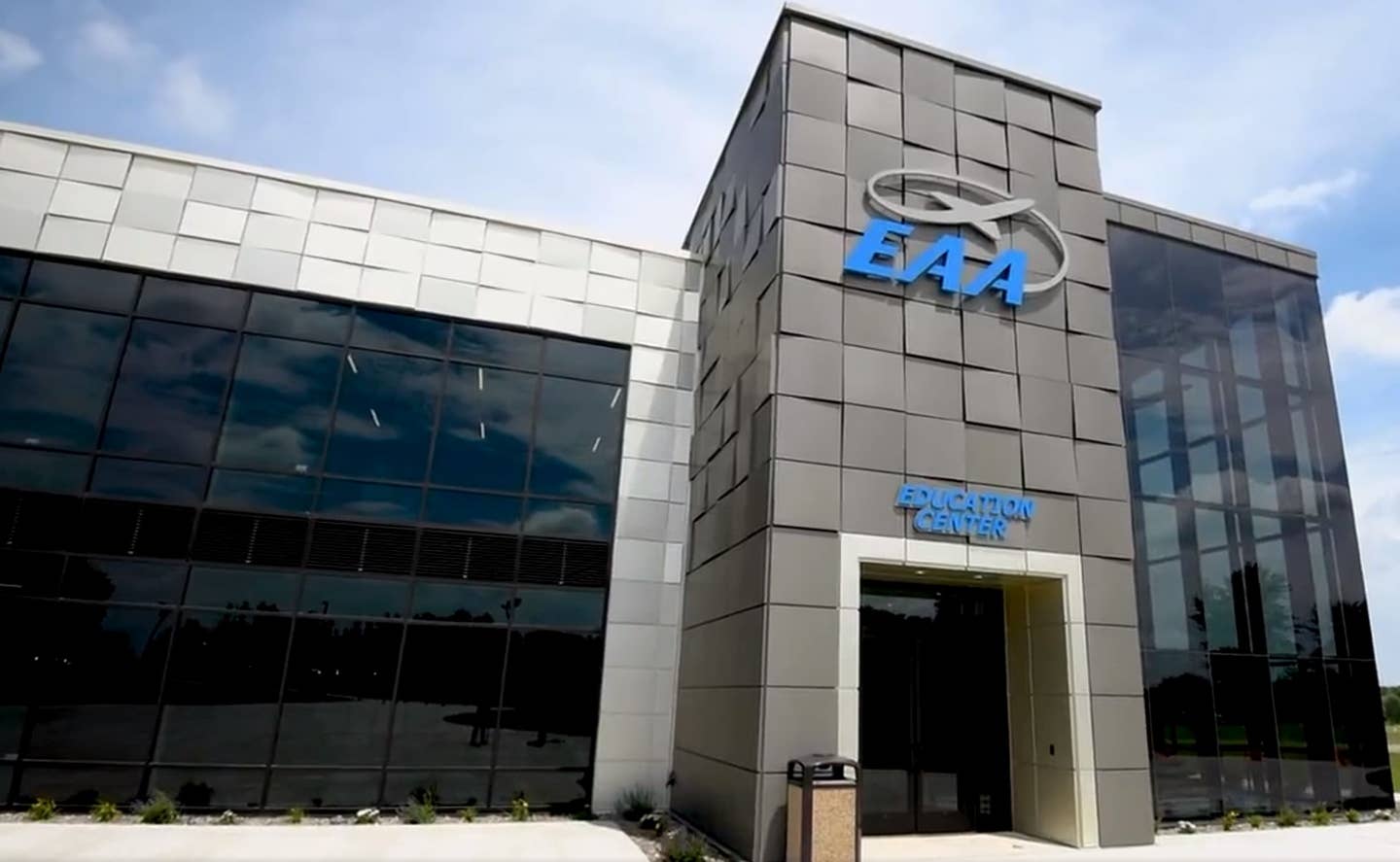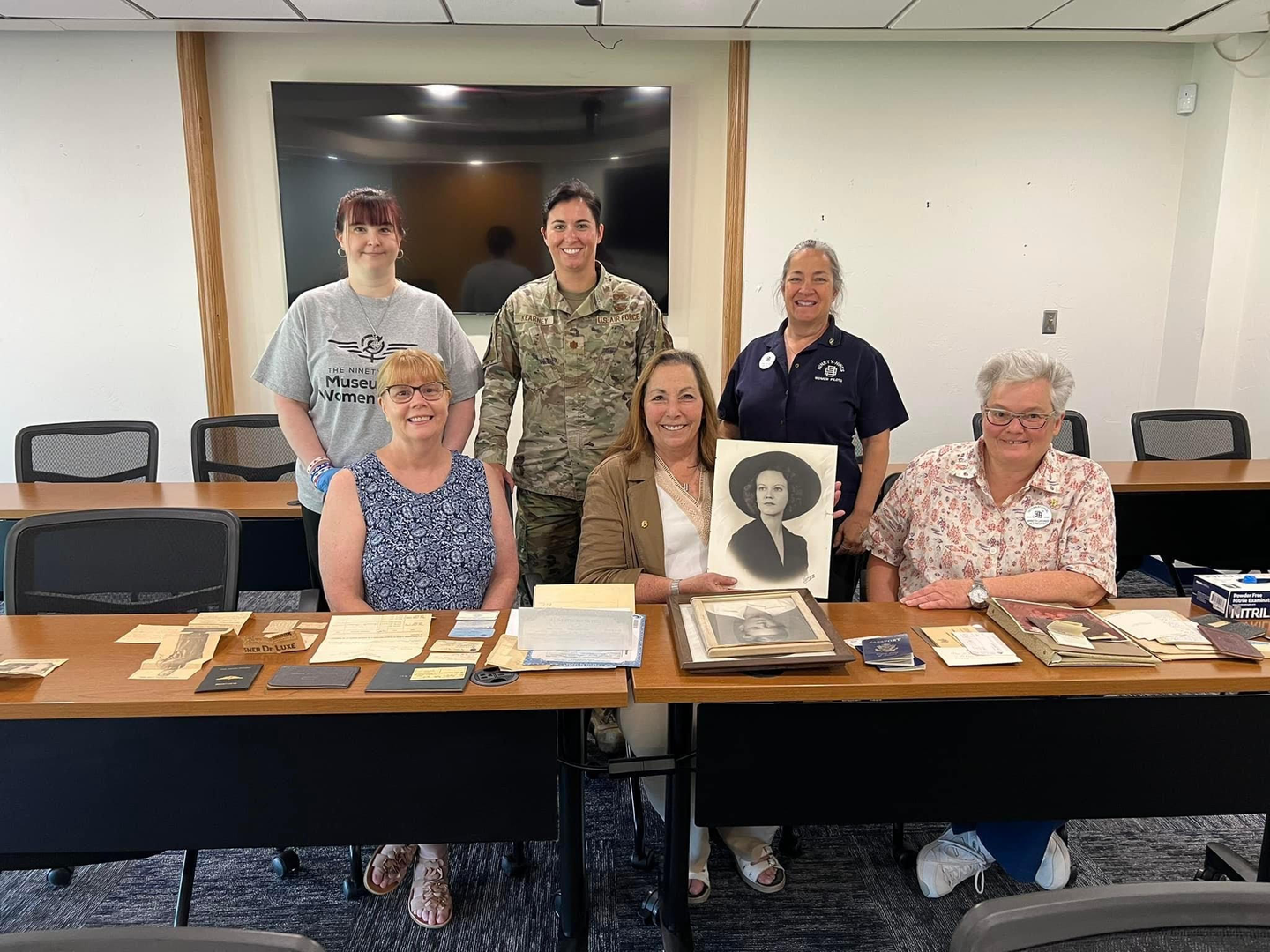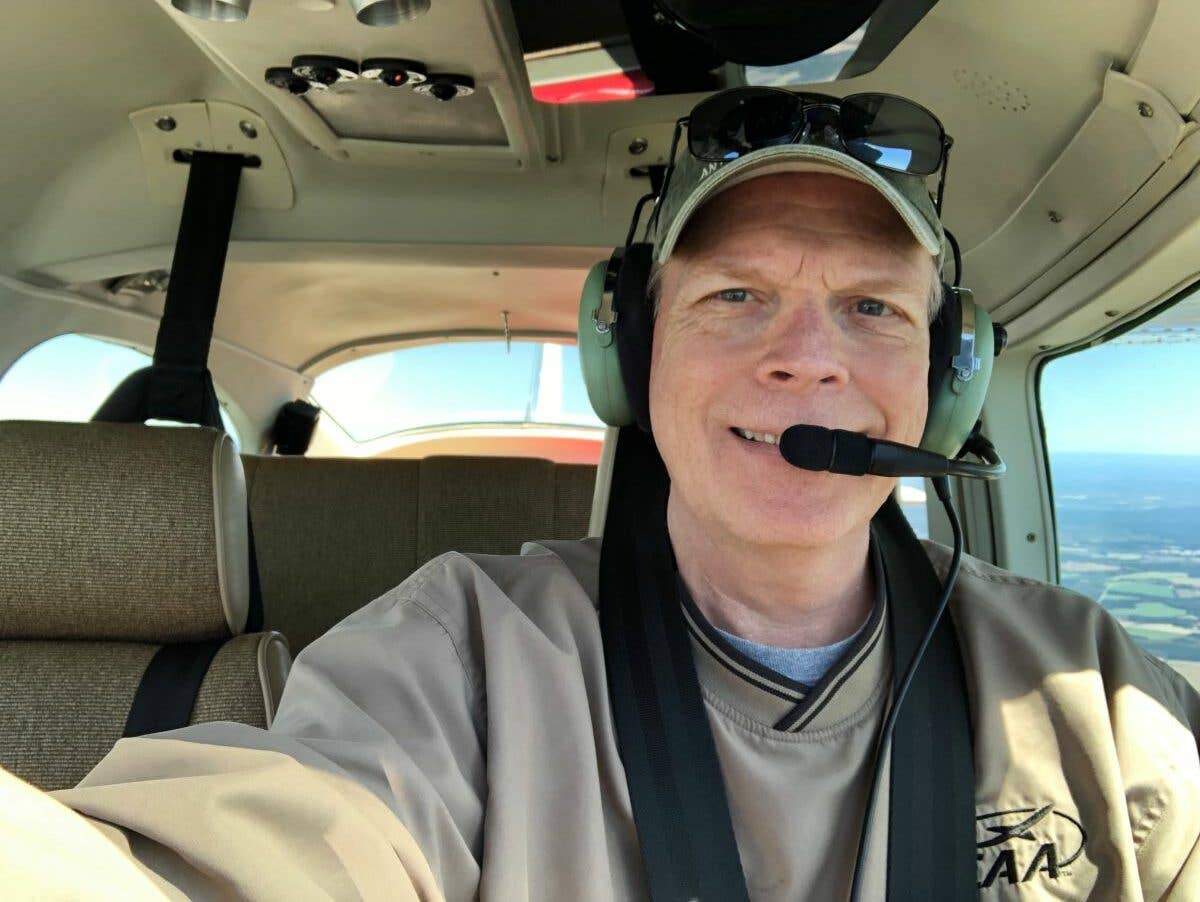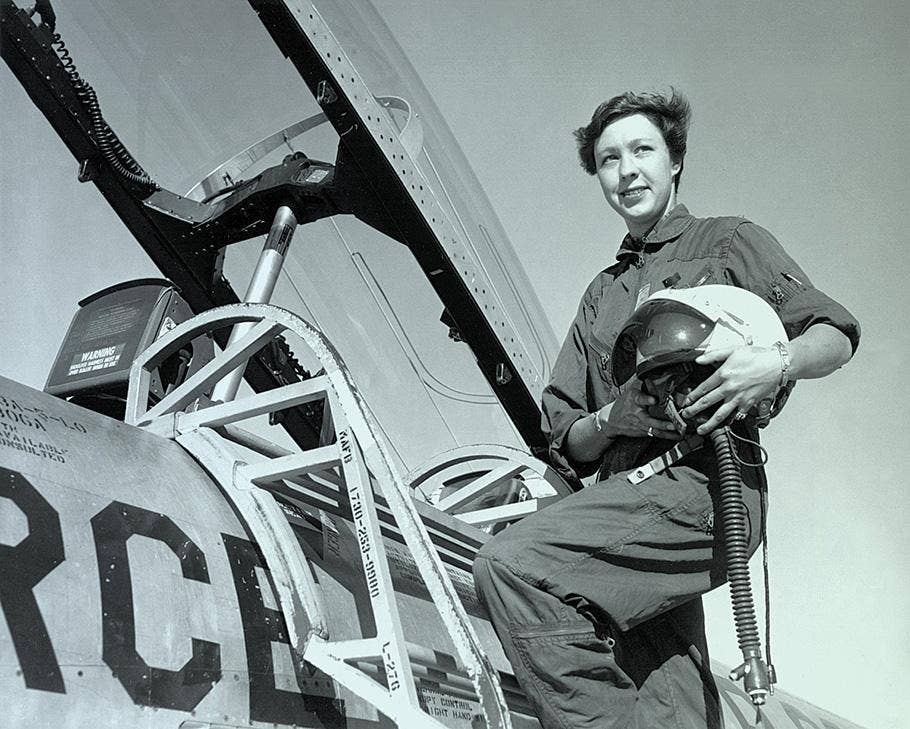Afterburners For Your Retirement
As great as an IRA is for retirement savings, it’s the slow-spooling stovepipe turbojet to the afterburner of the 401(k).
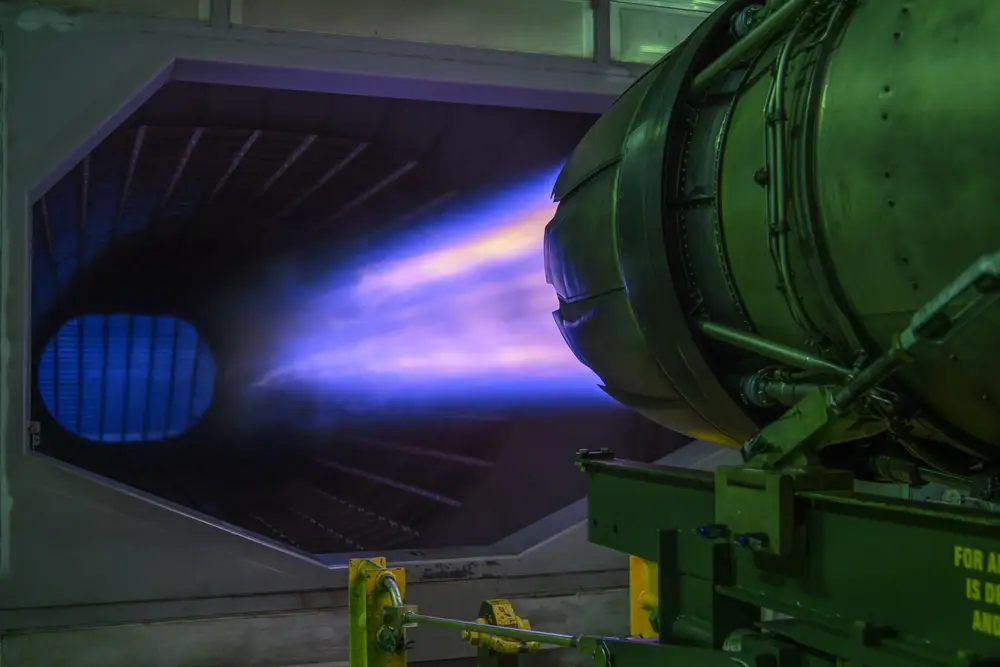
An F-16 Fighting Falcon engine runs at full afterburner at Misawa Air Force Base, Japan. Courtesy: Defense Visual Information Distribution Service
One of the reasons I fly is that I love going fast. I’ve written about how putting interest to work for you is like having a jet engine where the faster you go, the faster you go. American tax law allows for some special retirement savings vehicles, like an individual retirement account (IRA) that allow us to really spool our engines up.
However, we can do even better.
When aeronautical engineers figured out turbojet engines, they realized that having a bunch of 600-degree exhaust spewing out the tailpipe could be used to produce even more thrust.
Enter: the afterburner.
By dumping raw kerosene into the exhaust plume of a jet engine, engineers are able to increase the thrust and acceleration of an aircraft. The price is drastically increased fuel consumption, but it’s so worth it!
Scale
I was once assigned to end a B-1 training mission at Ellsworth AFB in South Dakota with a flyby for the latest Airman Leadership School class. Yes, when you’re assigned to a bomber base, even something that amounts to an eighth-grade graduation ceremony gets a flyby that wows crowds at Oshkosh.
The aircraft commander let me, a shiny young first lieutenant, act as pilot flying for this event. We descended to 1,000 ft agl and I accelerated to hit our time on target (TOT). Suddenly, about 10 miles short of show center, I realized that we were doing 0.98 Mach with the throttles pulled pretty far back.
The best part of a B-1 flyby is the rib-shaking roar of the afterburners. However, if a pilot flying at 0.98M were to select max thrust, the jet would instantly go supersonic and shatter the windows in the wing commander’s office. That’s not a habit-forming career move.
I ripped the throttles all the way back to idle and coasted for nine of the last 10 miles to base. I’d slowed to about 0.92M just before the approach end of the runway, barely enough to light the burners and rage across base to give our airmen the show they deserved.
As it was, I had to pull the throttles all the way back to idle and start a climbing turn to keep from getting my crew into trouble. Afterburners are a glorious thing!
Afterburner for Your Retirement
As great as an IRA is for retirement savings, it’s the slow-spooling stovepipe turbojet to the afterburner of a more powerful retirement savings vehicle: the 401(k).
Named after the section of the IRS code where it’s defined, a 401(k) is a retirement account that must be sponsored by your employer and is administered by a specific brokerage. These plans can offer both traditional and Roth accounts, and you can change how much you contribute to each side of that account based on your needs and tax implications.
One of the biggest benefits of a 401(k) is that you can contribute up to $20,500 per year to your account in 2022 (up from $19,500 in 2021). Even better, your employer can also contribute to your account allowing a combined total of up to $58,000 per year.
Remember our pylon race where $6,000 in a Roth IRA grew to $42,240 after 40 years? Using the same assumptions, $58,000 in a 401(k) would grow to more than $400,000 in the same amount of time. And you could potentially contribute that much money to your 401(k) account every year.
A 401(k) account is like getting to light the afterburners on your retirement savings and gleefully punch through the sound barrier, office windows be damned.
Take the Match
Granted, it takes a big salary to consider putting $58K into savings each year. For an airline or corporate pilot, a military officer, or professionals in a variety of careers, this can be doable. Thankfully, most American employers help by matching part of your contributions.
This means for every dollar you contribute to your 401(k) account, your employer will contribute money above and beyond your regular wage or salary. Most employers limit their total contributions to a maximum percentage of your regular pay. Average companies, most regional airlines, and the military won’t contribute more than about five percent. However, the industry average for major airlines is a whopping 16 percent.
Although I’m not a professional adviser, I think only a fool would opt out of contributing at least enough to a 401(k) to get the full employer match. Personally, I treat my 401(k) like an afterburner and dump in as much money as I can stand.
Fidelity has a website showing the average total retirement savings for various age groups, and the numbers are tragic. The highest average happens to be people very close to retirement, but it’s only $182,000. That’s not enough money to survive a retirement that could last 30 years or more. I want as much money in my tax-advantaged retirement account as I can get.
You Can Take it With You
One heinous piece of misinformation that prevents people from maximizing the advantages of a 401(k) is a rumor that your investments will be stuck with a given 401(k) provider forever, even if you leave that job.
Don’t listen to that junk. You can absolutely take your money with you when you change jobs. This process is called a rollover, and we’ll discuss it in detail another time. For now, all you need to know is that any time you leave employment with a company where you have a 401(k) you can roll that money over into an IRA account with a brokerage of your choosing.
Since your personal brokerage earns more by managing your money, they’re highly incentivized to make this rollover a painless process. They’ll have you fill out a couple forms and take care of the rest. If your brokerage makes the process any more difficult than that, fire them and go somewhere else.
One hitch here may be that some employers have what’s called a vesting period. They’ll let you contribute as much as you want to your 401(k) account, but they require you to work at the company for a certain amount of time (sometimes as long as five or 10 years). If you leave before the completion of that vesting period, you can’t take the money with you.
I don’t love this practice. Personally, I’d avoid working for a company using this practice unless I was very sure I’d want to stay long enough.
Scratching the Surface
We’ve only covered the basics on 401(k) accounts. Your company should have a human resources department with someone who can answer questions for you. As always, don’t be afraid to hire a professional financial advisor if you can’t otherwise get the info you need. If you’re just trying to figure out rules and general strategy, find someone who will charge you a straight fee for their time. If they don’t charge based on “assets under management” they won’t pressure you to invest your money through them.
I’ve noticed that many companies, particularly entry-level aviation employers, don’t offer 401(k) accounts. I think that’s a missed opportunity for everyone.
Light those burners and put on some speed for both your investing and your flying.

Sign-up for newsletters & special offers!
Get the latest FLYING stories & special offers delivered directly to your inbox


